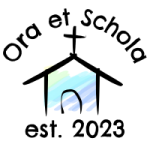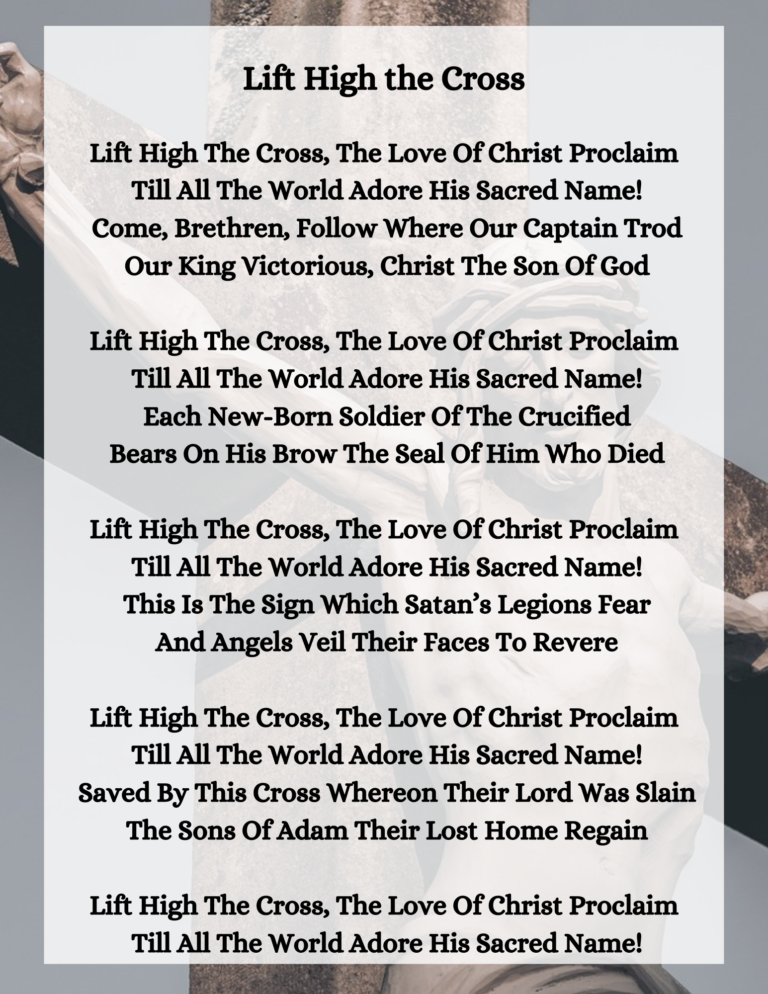Sharing is caring!
As we enter September, summer winds down and we transition into fall. An important feast day that falls on September 14th is The Exaltation of the Holy Cross. This leads us into the fall Ember Days followed by many beautiful fall feast days to also help us transition into the end of the liturgical year and gear up for Advent. During Mass on Sunday, September 3rd, we heard the gospel reading below. I loved meditating on it to help me look forward to the upcoming feast of the Exaltation of the Holy Cross.
Here is the passage from the gospel of Matthew:
Matthew 16:21-27
Jesus began to show his disciples
that he must go to Jerusalem and suffer greatly
from the elders, the chief priests, and the scribes,
and be killed and on the third day be raised.
Then Peter took Jesus aside and began to rebuke him,
“God forbid, Lord! No such thing shall ever happen to you.”
He turned and said to Peter,
“Get behind me, Satan! You are an obstacle to me.
You are thinking not as God does, but as human beings do.”
Then Jesus said to his disciples,
“Whoever wishes to come after me must deny himself,
take up his cross, and follow me.
For whoever wishes to save his life will lose it,
but whoever loses his life for my sake will find it.
What profit would there be for one to gain the whole world
and forfeit his life?
Or what can one give in exchange for his life?
For the Son of Man will come with his angels in his Father’s glory,
and then he will repay all according to his conduct.”
What is the feast of the Exaltation of the Holy Cross?
This feast commemorates the finding of the relic of the True Cross by St. Helena. St. Helena was Constantine’s mother, and as the emperor’s mother, she had a lot of influence and power. Constantine was the first Roman emperor to convert to Christianity, and he made Christianity the official religion of Rome. This contributed to the spread and acceptance of Christianity.
What did St. Helena do?
In the 4th century, St. Helena traveled to the Holy Land to search for the True Cross. She found 3 separate crosses, and in order to determine which one was the true cross, she touched each one to an ill woman. Two of the crosses had no effect on the sick woman, but when the third was touched to her, she was miraculously healed! Thus, St. Helena was convinced that she had indeed found the True Cross that Christ had been crucified on. Later, Constantine also directed the Church of the Holy Sepulchre to be built.
Gospel Reflection
“Then Jesus said to his disciples,’ Whoever wishes to come after me must deny himself, take up his cross, and follow me.'”
Our Lady of Lourdes told St. Bernadette that she could not promise that Bernadette would be happy in this life but would be happy in the next. This feast and gospel passage remind us that, in this life, we will always experience suffering. However, we are called to take up our crosses and follow Christ. Life brings suffering in all forms – great and small. We must embrace the suffering that the Lord has given to us, and know that it is for the good of our souls.
Furthermore, during Jesus’s time, the cross was for criminals. It was associated with shame. However, God took the shame and disdain of the cross and turned it into hope when He raised His Son from the dead on Easter. The cross is now a symbol for Christians to remind us that we too can have eternal life.
What crosses is Our Lord blessing you with today? What can we do to answer His call to take up our crosses and follow Him?
Sharing is caring!

